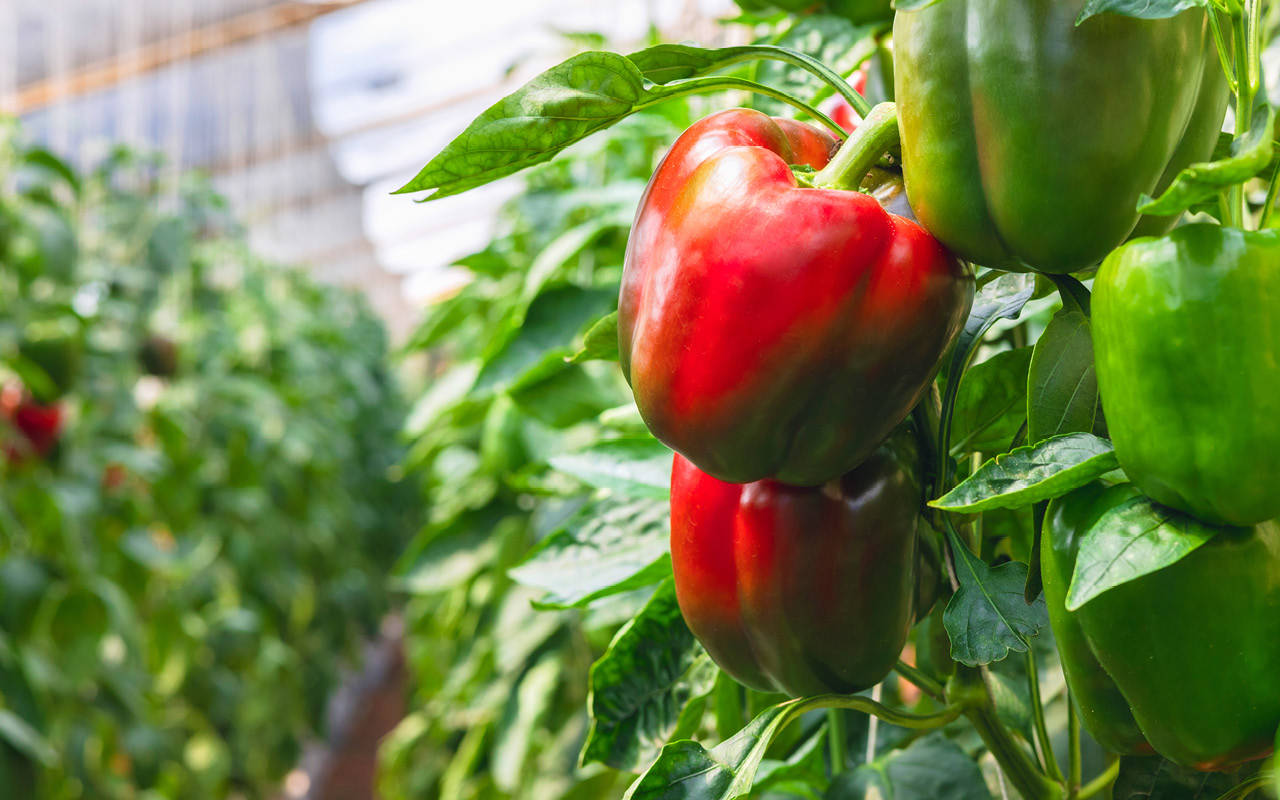Food waste is a global issue, as almost one third of food produced is lost before it is consumed (Ishangulyyev et al., 2019). Simultaneously, the resources such as water, energy, land and fuel, used in the food production supply chain are also wasted during this process. When discarded into landfill, both the plant biowaste and food waste impact the environment by the emission of greenhouse gases (Benyam et al., 2018). Fruits and vegetables contribute only 20% to the total food purchased, but they are responsible for half of the food waste (AUSVEG, 2013).
The enormous amount of food waste can have severe impacts on the environment, economy and food security and innovative approaches targeting the reuse of food waste are needed. With increasing protected cropping operations, production of crops is improving which may also lead to generation of fruit and plant wastes. Taking capsicum and chillies as examples, crop wastes may be used as sources of capsaicinoids, pungent compounds that carry many potential health benefits. The value-adding by extracting capsaicinoids from these crops especially from low-grade fruits and plant wastes can be a source of secondary income for the growers. These extracted pungent compounds can help with further health-related research and help in developing nutraceutical or pharmaceutical products. Leftover biomass after extractions may help as soil improver.





